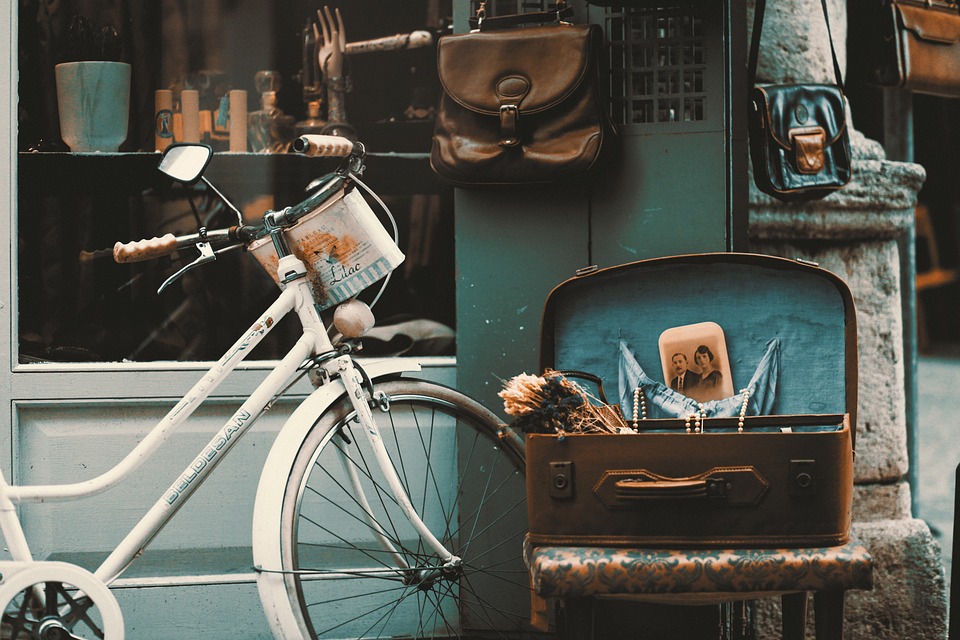Introduction
Restoring a vintage home can be a labor of love for many homeowners. Whether you have purchased a historic property or have inherited a family home with nostalgic charm, there are several tips and tricks to consider when embarking on a vintage home restoration project.
Research and Planning
Before diving into a restoration project, it’s essential to conduct thorough research and planning. Start by researching the history of your home, including its architecture, original building materials, and any historical significance. This information will guide your restoration efforts and help you stay true to the home’s original character.
Next, create a detailed plan that outlines the scope of work, budget, and timeline for the restoration project. Consider hiring a professional architect or historic preservation specialist to assist with the planning process and ensure that your restoration efforts comply with local building codes and preservation guidelines.
Preserving Original Features
Preserving the original features of a vintage home is crucial to maintaining its authenticity and charm. Before making any changes, carefully assess the architectural details, such as moldings, trim, doors, windows, and hardware. Whenever possible, repair or restore these original features rather than replacing them with modern alternatives.
For example, if the home’s original windows are in disrepair, consider hiring a skilled craftsman to repair and reglaze the existing windows rather than replacing them with new ones. This approach not only preserves the home’s historic character but also reduces waste and contributes to sustainability.
Upgrading Utilities and Systems
While preserving original features is important, it’s also essential to ensure that the home’s utilities and systems meet modern standards for safety and efficiency. This may involve upgrading the electrical, plumbing, heating, and cooling systems to meet current building codes and improve overall comfort and functionality.
When upgrading utilities, work with experienced professionals who understand the unique challenges of working with vintage homes. They can help you identify the best solutions for integrating modern conveniences while preserving the home’s historic integrity.
Restoring Finishes and Surfaces
Restoring the finishes and surfaces of a vintage home is another critical aspect of the restoration process. This may involve stripping and refinishing wood floors, repairing plaster walls, and restoring original paint colors and wallpaper patterns.
When approaching finish restoration, take the time to research traditional techniques and materials that were commonly used during the time period when your home was built. This will ensure that your restoration efforts are historically accurate and enhance the overall authenticity of the home.
Architectural Salvage and Repurposing
Architectural salvage and repurposing can be valuable resources for vintage home restoration projects. By salvaging historic building materials, such as doors, hardware, and fixtures, you can incorporate authentic elements into your home’s restoration while adding character and uniqueness.
When seeking architectural salvage, explore local salvage yards, antiques shops, and online marketplaces to find authentic pieces that match the era and style of your home. Additionally, consider repurposing salvaged materials in creative ways, such as using reclaimed wood for custom cabinetry or creating a statement piece from salvaged architectural elements.
Maintaining Historical Integrity
Throughout the restoration process, it’s essential to prioritize the maintenance of historical integrity. This involves making thoughtful decisions that honor the original design, craftsmanship, and character of the home while accommodating modern living needs.
Consult with preservation professionals and experts in historic architecture to ensure that your restoration efforts align with preservation standards and guidelines. By maintaining historical integrity, you not only preserve the unique identity of your vintage home but also contribute to the preservation of historical architecture for future generations.
Conclusion
Restoring a vintage home requires a blend of creativity, craftsmanship, and historical appreciation. By conducting thorough research, preserving original features, upgrading utilities, restoring finishes, and maintaining historical integrity, you can breathe new life into your home while honoring its rich heritage.
Remember that vintage home restoration is a labor-intensive process that requires patience and dedication, but the results are well worth the effort. Embrace the art of vintage home restoration, and enjoy the satisfaction of preserving a piece of history for years to come.



